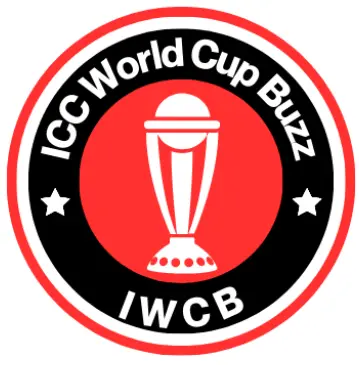Let’s take a look at ICC Cricket World Cup 1992 Winner.
The International Cricket Council (ICC) hosted the fifth edition of the Cricket World Cup in 1992, which was formally known as the Benson & Hedges World Cup 1992. From February 22 to March 25, 1992, Australia and New Zealand hosted the event. Pakistan defeated England in the championship match by a margin of 22 runs to win the World Cup for the first time.
The contentious “rain rule” from the 1992 World Cup will live on in history. Slowing down their semi-final match against England in an attempt to take advantage of this rule ultimately lost South Africa the game.
Firsts
The first time coloured player uniforms, white cricket balls, and black sight screens were used at a World Cup was in 1992, when many games were also played under floodlights.
Additionally, it was the first Cricket World Cup to take place in the Southern Hemisphere and the first to feature South Africa, who was once again permitted to join the International Cricket Council as a Test-playing nation following the end of apartheid. For the first time, the World Cup took place after a five-year break rather than a four-year one.
Format
The format was changed from the previous tournament to a full tournament instead of the previous two qualifying groups. The first draw consisted of 28 tournament matches in a row with 8 participating countries, 2 semi-finals and 1 final. In late 1991, South Africa joined the International Cricket Committee after 21 years of apartheid, and the draw was adjusted to include them, adding eight more matches to the circuit.
The scoring rules for the second place team in non-influenced matches have also been changed. The previous rule (Average Run Rate Method) increased the run rate of the first batting team by the number of overs the second batting team was capable of, but this rule was believed to give the second batting team an unfair advantage.
To address this issue, target scores are now calculated using the highest productivity surplus method. In this system, if the 2nd batting team has 44 overs available, the target score is 1 point more than the 1st batting team’s highest score of 44.
The reason for the system seemed reasonable, but the timing of the rain brakes was still problematic. They reduced 22 to 7 (minimum) from 13 balls, difficult but doable, as seen in the semi-final between England and South Africa. productive over, maiden, deduction) and eventually scored an outrageous 21 in 1 ball (giving away 1 run in the unproductive second over).
A stop in the second innings indicated that the side’s second batsman was in serious trouble. This has only been done once, when England beat South Africa in the group stage. A fantastic semi-final resulted in the Duckworth-Lewis method.
Participants
The seven Test teams were present at the 1992 World Cup. As the eighth full member of the ICC, South Africa competed for the first time. A month after the World Cup, they would play their first Test match in 22 years in the West Indies.
After qualifying by winning the 1990 ICC Trophy by defeating the Netherlands in the final for the second time, Zimbabwe made an appearance for the third time. After the competition, Zimbabwe would be granted full membership, and they would play their first Test match later in 1992. Teams who participated were:
- Australia
- England
- India
- New Zealand
- Pakistan
- South Africa
- Sri Lanka
- West Indies







